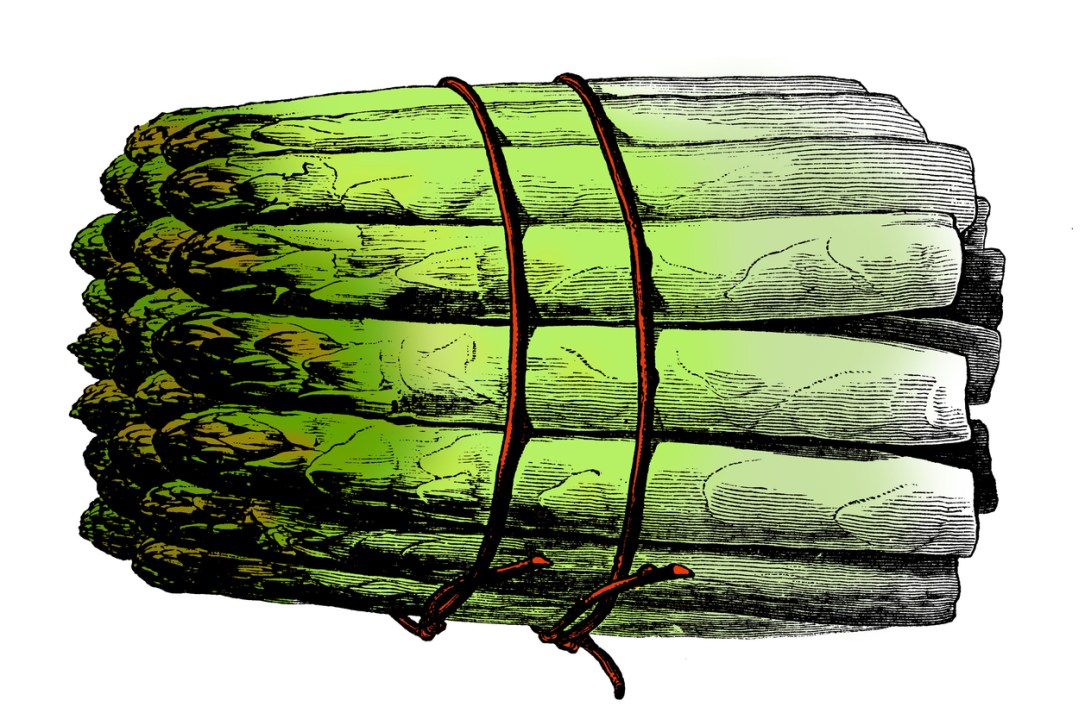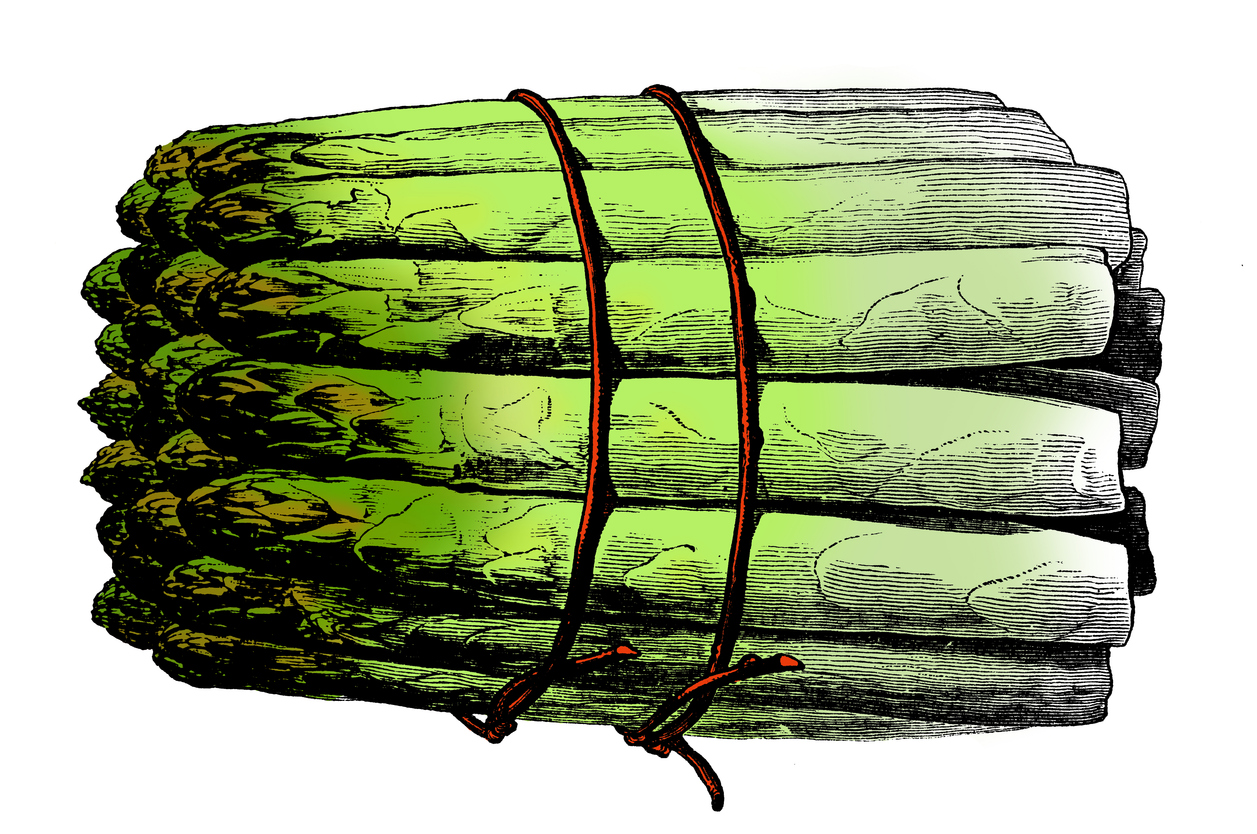It is said that asparagus was Emperor Augustus’s favourite food. And France is, despite its Gallic spasms, a fundamentally Roman civilisation. Ask nine out of ten Frenchmen if they will have asparagus on their Easter table and they will say ‘mais oui’.
The crunchy, slightly bitter stalk has enthralled humans for millennia due to its strange flavour and supposed medicinal properties. Those proto-French Romans were huge fans of the plant. You may even learn an asparagus recipe or two from studying their methods.
The French smother their asparagus spears in hollandaise or béarnaise sauce
Most of the information on Roman cuisine comes from visual depictions found in frescoes and mosaics that depict what went on during banquets at the time. Luckily for food historians, there’s also De Re Coquinaria, a cookbook, also known simply as Apicius, a moniker attributed to its presumed author and compiler Marcus Gavius Apicius. Along with methods for cooking asparagus are instructions on the correct preparation for flamingos.
Many wealthy Romans instructed their servants to grow asparagus in their villa kitchen gardens as it was considered a delicacy and suggested high status. Pliny the Elder wrote that the plant was a diuretic and good for one’s stomach. It was also the Romans who developed the white asparagus, growing the plant under cover in order to keep it from sunlight and developing chlorophyll. During the Renaissance, medical men asserted the ‘Doctrine of Signatures’, which stated that plants’ magical properties could be divined from their physical appearance. Given asparagus’ phallic qualities, it’s plausible that this was when its reputation as an aphrodisiac took hold.
Growing asparagus is a long term commitment. I should know. My father had a patch in his Connecticut garden. When the spears finally popped out of the soil and reached an edible diameter, his smile said it all. The elegant stalks were part of an elaborate competition with our neighbour, fellow author and friend Harold Loeb, with whom he shared a yearly load of horse manure – asparagus thrives on it.
It can take two to three years for asparagus to yield its first crop, but the plants can continue to produce for another 15 to 30 years after that. They are prolific growers, creating ten inch shoots that emerge from the soil within 24 hours under ideal growing conditions. You watch asparagus continue to grow once picked. This is because the spears absorb moisture from the air which creates a swelling in size.
Feathered fern-like foliage and flowers indicate the end of the plant’s season. Female asparagus seeds are carried by birds, allowing for domesticated crops to easily escape into the wild, creating future populations. Pencil-thin, wild asparagus thrive in temperate regions of North America and Western Europe, including France. These need no cooking need. You can eat it au natural.
The French smother their asparagus spears in hollandaise or béarnaise sauce. This Easter Sunday, however, my family will be savouring our stalks, dipping them in my mother’s Swedish dill sauce of mild oil, sugar, mustard, white wine vinegar and salt, whisked gently together and topped with chopped, fresh dill. Why gild a lily?







Comments